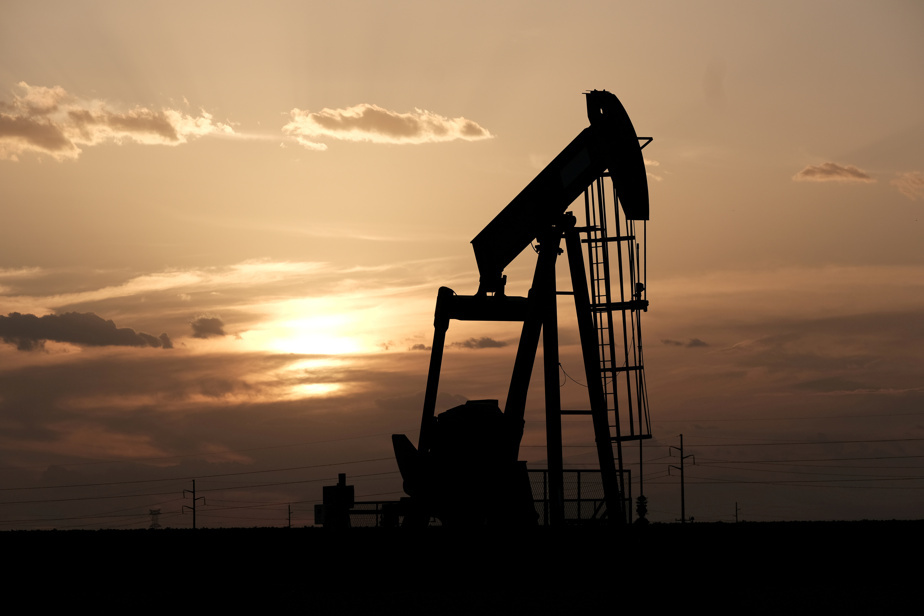(New York) The price of a barrel of Brent, the world oil benchmark, closed on Monday above 80 dollars, a first in a month and a half, still stimulated by fear of an Israeli attack on Iranian oil infrastructure.
North Sea Brent for December delivery gained 3.69%, reaching $80.93, the highest since late August, while its US equivalent, West Texas Intermediate (WTI) with November maturity gained 3.71%, to $77.14.
“Another big day for oil,” commented Phil Flynn, analyst at Price Futures Group, driven “by a double risk. The first is that of an Israeli strike on the fields [de pétrole] Iranians, and the second that of the possible effect of Hurricane Milton in the Gulf of Mexico.
Since the Iranian missile attack on Israel last Tuesday, the world has been waiting for the response promised by the Jewish state.
According to the specialist site TankerTrackers, Iran’s state-owned tanker company NITC has diverted vessels waiting to load around Kharg Island, home to Iran’s largest crude export terminal. For Eurasia Group analysts, “the Iranian authorities seem to be preparing” for Israel to attack oil sites.
On Sunday, Iranian Oil Minister Mohsen Paknejad visited Kharg and met with General Mohammad Hossein Bargahi, of the Revolutionary Guards (ideological army of the Islamic Republic), responsible for ensuring the security of the area.
For Andrew Lebow, analyst at Commodity Research Group, after the Iranian attack last Tuesday, speculative operators, who were betting massively on the downside, began by hedging against losses linked to the market downturn.
But since Friday, the purchases are now directional, that is to say playing on the upside, and no longer hedging operations.
“Burning” market
If the market were deprived of all or part of Iranian crude production, Brent could rise to $90 per barrel, Goldman Sachs analysts estimate.
Still, with momentum building on a worst-case scenario, “given the increasingly immediate and frenetic nature of the market, I wouldn’t be surprised if it calms down or even [les cours baissent] if nothing happens for several days,” warns Andrew Lebow.
Excluding the geopolitical premium, the market remains fragile, with demand expected to be flat in 2025, while the Organization of the Petroleum Exporting Countries (OPEC) and its partners in the OPEC+ agreement are preparing to increase their production from December.
“Despite the strong tensions in the Middle East, our supply risk indicator remains much lower than this summer,” noted, in a note, Daniel Ghali, analyst at TD Securities. A phenomenon that he attributes to the prospect of additional barrels from OPEC+.
But even if Israel spares the Iranian oil production, storage or export apparatus, “I do not believe that the crisis will end,” judges Andrew Lebow. “And traders are not going to go back to playing everything downwards. »
“The oil market is in turmoil, caught in a whirlwind of contrary indicators,” summarizes Stephen Innes, analyst at SPI Asset Management.
On Monday, stakeholders were also monitoring the evolution of Hurricane Milton, which is currently crossing the southern Gulf of Mexico, towards Florida, and which has been reclassified into category 5, the highest, with winds at more than 280 km /h.
The American oil group Chevron said it had closed its platform off the coast of Blind Faith, located about 250 km south of New Orleans.
“Companies will probably take precautions before the hurricane passes and this will have an impact on transported volumes,” Phil Flynn anticipated.
The US weather service predicts that Milton will lose intensity but also increase in size before making landfall in Florida on Wednesday.
